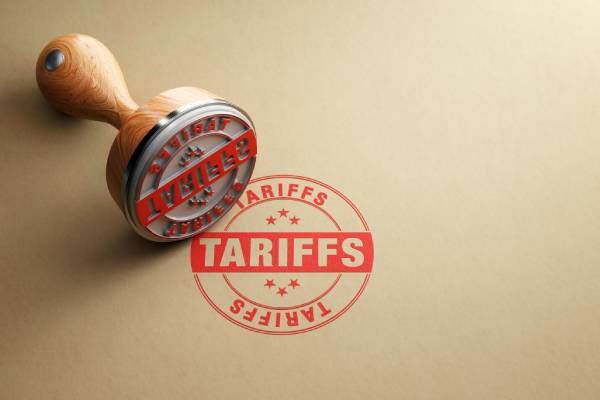
With less than two months to go before being sworn into office again as the 47th President of the United States, President-elect Donald Trump is essentially picking up from where he left off during his term as the 45th President in terms of his plans to implement tariffs. This was a cornerstone of his pledges on the campaign trail prior to being re-elected earlier this month.
In posts made on his Truth Social platform on Monday, Trump said that, effective January 20, when he takes office, he will sign an Executive Order calling for a 25% tariff on all U.S.-bound imports from China and Mexico, as well as an additional 10% tariff on all U.S.-bound imports from China—with the latter announced in a separate Truth Social post
“Both Mexico and Canada have the absolute right and power to easily solve this long-simmering problem,” Trump said on Truth Social. “It is time for them to pay a very big price!”
As previously reported by LM, the topic that received the most attention in the run-up to the election focused on tariffs, in terms of what may be coming, with Trump repeatedly saying on the campaign trail that he plans to increase the percentage of tariffs levied on companies importing into the United States, from where they have remained since they were implemented in 2018, during his first term in office. To that end, he has said he was committed to imposing a 10%-to-20% tariff on all imports regardless of what country they come from, and 60% or higher on goods entering the U.S. from China.
When the Trump administration first rolled out its plan in mid-2018, it was comprised of a 25% tariff on $50 billion worth of goods imported from China, under the purview of an “America First” policy geared towards a more fair and beneficial position for U.S. companies, as well as focusing on: protecting domestic property and intellectual property; stopping noneconomic transfers of industrially significant technology and intellectual property to China; and enhancing access to the Chinese market. These tariffs subsequently ignited a trade war between the United States and China that continues today.
Prior to the election, the Washington, D.C.-based National Retail Federation (NRF) issued a study indicating that if the incoming Trump administration implements new tariffs, United States consumers could see their collective spending power reduced by between $46 billion and $78 billion per year.